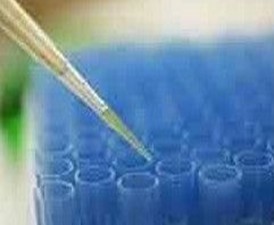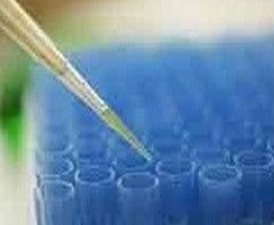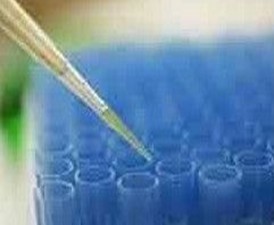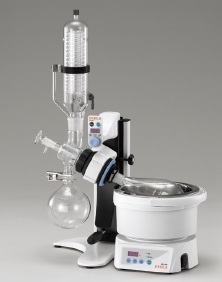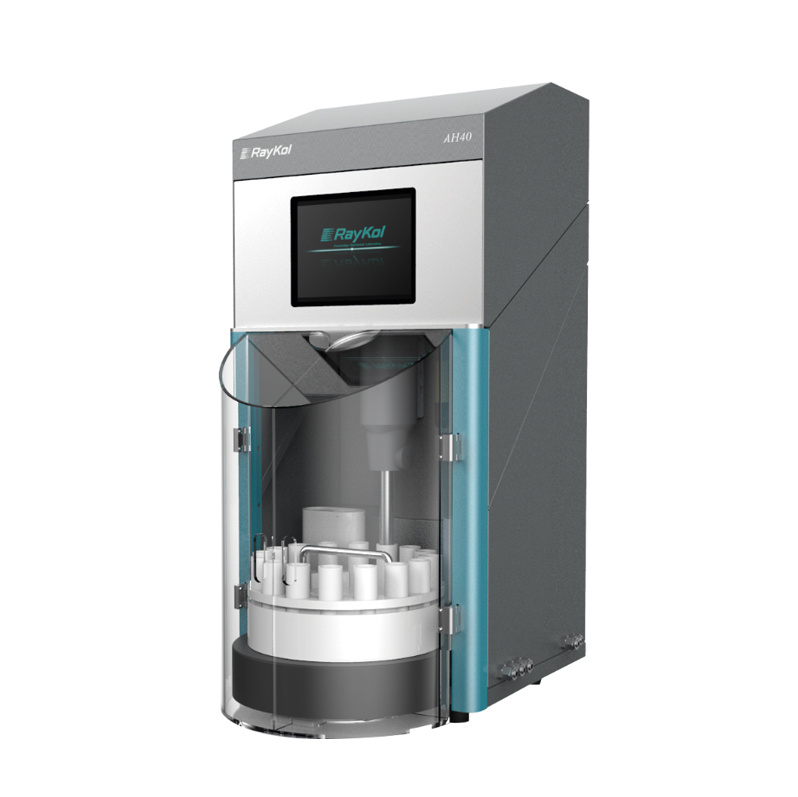我公司供应质优价美的科研产品,Wnt1信号通路蛋白3抗体产品质量保证,提供Wnt1信号通路蛋白3抗体技术支持,有任何质量问题可免费包退包换,欢迎来电咨询!我们将竭诚为您服务!
英文名称 Anti-WISP3
中文名称 Wnt1信号通路蛋白3抗体
别 名 CCN 6; CCN family member 6; CCN6; CYR61; LIBC; Lost in inflammatory breast cancer tumor suppressor protein; MGC125987; MGC125988; MGC125989; OTTHUMP00000040421; PPAC; PPD; UNQ462/PRO790/PRO956; WISP 3; WISP-3; WISP3; WISP3_HUMAN; WNT 1 inducible signaling pathway protein 3; Wnt 1 signaling pathway protein 3; WNT1 inducible signaling pathway protein 3; WNT1 inducible signaling pathway protein 3 precursor; WNT1-inducible-signaling pathway protein 3.
浓 度 1mg/1ml
规 格 0.2ml/200μg
抗体来源 Rabbit
克隆类型 polyclonal
交叉反应 Human, Mouse, Rat, Dog, Horse, Rabbit, Sheep, Monkey
产品类型 一抗
研究领域 肿瘤 细胞生物 发育生物学 信号转导 干细胞
蛋白分子量 predicted molecular weight: 37kDa
性 状 Lyophilized or Liquid
Wnt1信号通路蛋白3抗体的主要功能是与抗原(包括外来的和自身的)相结合,从而有效地清除侵入机体内的微生物、寄生虫等异物,抗体(antibody)是一种应答抗原产生的、可与抗原特异性结合的蛋白质。每种抗体与特定的抗原决定基结合。这种结合可以使抗原失活,也可能无效但有时也会对机体造成病理性损害,如抗核抗体、抗双链DNA抗体、抗甲状腺球蛋白抗体等一些自身抗体的产生,对人体可造成危害。
免 疫 原 KLH conjugated synthetic peptide derived from human WISP3
亚 型 IgG
纯化方法 affinity purified by Protein A
储 存 液 Preservative: 15mM Sodium Azide, Constituents: 1% BSA, 0.01M PBS, pH 7.4
产品应用 WB=1:100-500 ELISA=1:500-1000 IHC-P=1:100-500 IHC-F=1:100-500 ICC=1:100-500 IF=1:100-500
(石蜡切片需做抗原修复)
not yet tested in other applications.
optimal dilutions/concentrations should be determined by the end user.
保存条件 Store at -20 °C for one year. Avoid repeated freeze/thaw cycles. The lyophilized antibody is stable at room temperature for at least one month and for greater than a year when kept at -20°C. When reconstituted in sterile pH 7.4 0.01M PBS or diluent of antibody the antibody is stable for at least two weeks at 2-4 °C.
Important Note This product as supplied is intended for research use only, not for use in human, therapeutic or diagnostic applications.
产品介绍 Wnt-induced secreted protein (WISP)-1, WISP-2 and WISP-3 are members of the CCN family of growth factors, which include connective tissue growth factor (CTGF) and Cyr61. WISP-1, WISP-2 and WISP-3 share significant sequence similarity, including four conserved cysteine-rich domains, and they are believed to function as dimers in their active forms. WISP-1 expression is observed in various tissues including adult heart, kidney and spleen, while WISP-2 expression predominates in skeletal muscle, colon and ovary. Both WISP-1 and WISP-2 are upregulated in cells transformed with the proto-oncogene Wnt-1, and they are also more highly expressed in human colon tumors, suggesting that these proteins may participate in tumor development. WISP-3 is involved in normal post-natal skeletal growth, and it is also implicated in the development of the autosomal recessive skeletal disorder progressive pseudorheumatoid dysplasia, which affects cartilage homeostasis by disrupting the growth of chondrocyte and normal cell columnar organization.
Function : Appears to be required for normal postnatal skeletal growth and cartilage homeostasis.
Subcellular Location : Secreted.
Tissue Specificity : Predominant expression in adult kidney and testis and fetal kidney. Weaker expression found in placenta, ovary, prostate and small intestine. Also expressed in skeletally-derived cells such as synoviocytes and articular cartilage chondrocytes.
DISEASE : Defects in WISP3 are the cause of progressive pseudorheumatoid arthropathy of childhood (PPAC) [MIM:208230]. PPAC is an autosomal recessive disorder characterized by stiffness and swelling of joints, motor weakness and joint contractures. Signs and symptoms of the disease develop typically between three and eight years of age. This progressive disease is a primary disorder of articular cartilage with continued cartilage loss and destructive bone changes with aging.
Similarity : Belongs to the CCN family.
Wnt1信号通路蛋白3抗体Contains 1 CTCK (C-terminal cystine knot-like) domain.
Contains 1 IGFBP N-terminal domain.
Contains 1 TSP type-1 domain.
Database links : UniProtKB/Swiss-Prot: O95389.1
![]()



